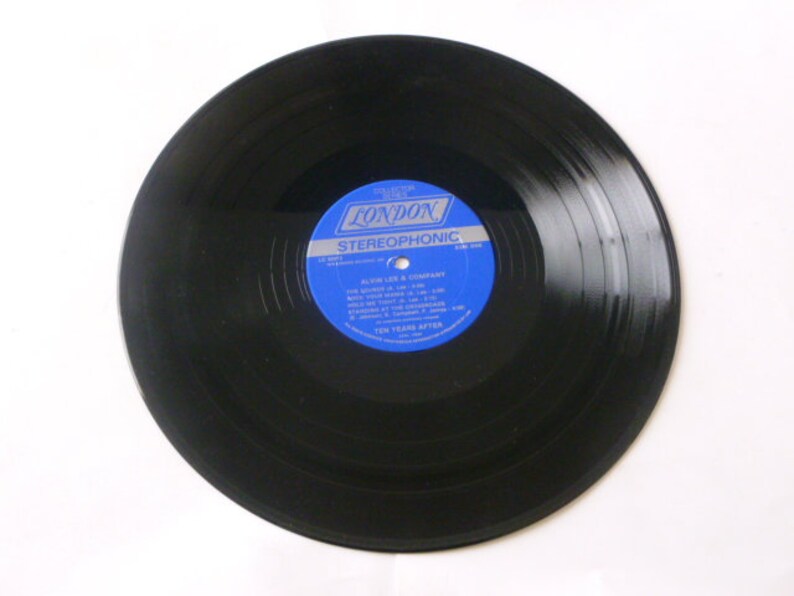


The Giesemann VIVA marine has been specially developed for seawater aquariums and is equipped with high-power LEDs, which have a strong accentuation of the blue range with simultaneous simulation of the entire light spectrum.

High-quality components and craftsmanship from Germany guarantee longevity and perfect light output. The attractive and sleek design fits to any interior style and puts your aquarium visually in the foreground. With a unique concept and economical construction, the VIVA is specifically designed for all beginners in aquaristic systems with medium lighting requirements, but who do not want to do without comfort, longevity and individual control options for your lighting. So the refraction of the light on the water surface with the natural-looking light mirror on the ground floor. The wide beam angle of 100 ° is combined with the brightness of the high-quality LED components and thus creates the popular sun-crown effect even at higher water depths.
Recordia lc full#
The new Giesemann VIVA offers an ideal entry into the powerful LED technology for your aquarium - from the sunlight full spectrum to white / blue and actinic light for seawater aquariums - the new light series from GIESEMANN is a real all-rounder. Giesemann VIVA Marine LED Irridium metallic 900mm tetramera and its macro-morphological and wood anatomical similarities with Tanaecium, we propose the new combination Tanaecium tetramerum.Note: All Giesemann lighting products are made to order and aretherefore not refundable (no returns accepted) Given the molecular phylogenetic placement of S. tetramera shares with Tanaecium the subulate, bromeliad-like prophylls, the most evident synapomorphy of this genus apart from long, tubular, villose corollas, and a lepidote ovary. In addition, careful morphological inspections show that S. Sphingiphila and Tanaecium form a clade that is strongly supported by molecular characters, including two indels that are molecular synapomorphies of this clade. or Bignonieae, with a better placement in Bignonieae due to its abundant paren- chyma, despite lacking the cambial variant synapomorphic for this group. These features suggest that the genus is best placed either in Tecomeae s.str. In addition, Sphingiphila has several specific wood anatomical traits, such as vessels in a diagonal to tangential arrangement, small intervessel pits, and non-storied heterocellular rays with occasional perforated ray cells. Sphingiphila shares the presence of narrow vessels and vasicentric to aliform confluent parenchyma with the rest of the family.

Unlike most macro-morphological traits, Sphingiphila is not unusual within Bignoniaceae from a wood anatomical point of view. A second, smaller ndhF and pepC dataset, which included only members of tribe Bignonieae, placed the genus within Tanaecium. The analyses of a large ndhF dataset, which included members of all Bignoniaceae tribes, placed Sphingiphila within Bignonieae. Recordia ® Call Recording allows your company to store consents and call records of great legal and ethical importance in a secure, safe and scalable environment for a determined period. Here we combined molecular and wood anatomical data to determine the placement of Sphingiphila within the family. Sphingiphila tetramera is perhaps the most enigmatic taxon of Bignoniaceae due to the presence of very unusual morphological features, such as simple leaves, thorn-tipped branches, and tetramerous, actinomorphic flowers, making its tribal placement within the family uncertain. The circumscription of Sphingiphila has been controversial since the genus was first described. Sphingiphila is a monospecific genus, endemic to the Bolivian and Paraguayan Chaco, a semi-arid lowland region.


 0 kommentar(er)
0 kommentar(er)
